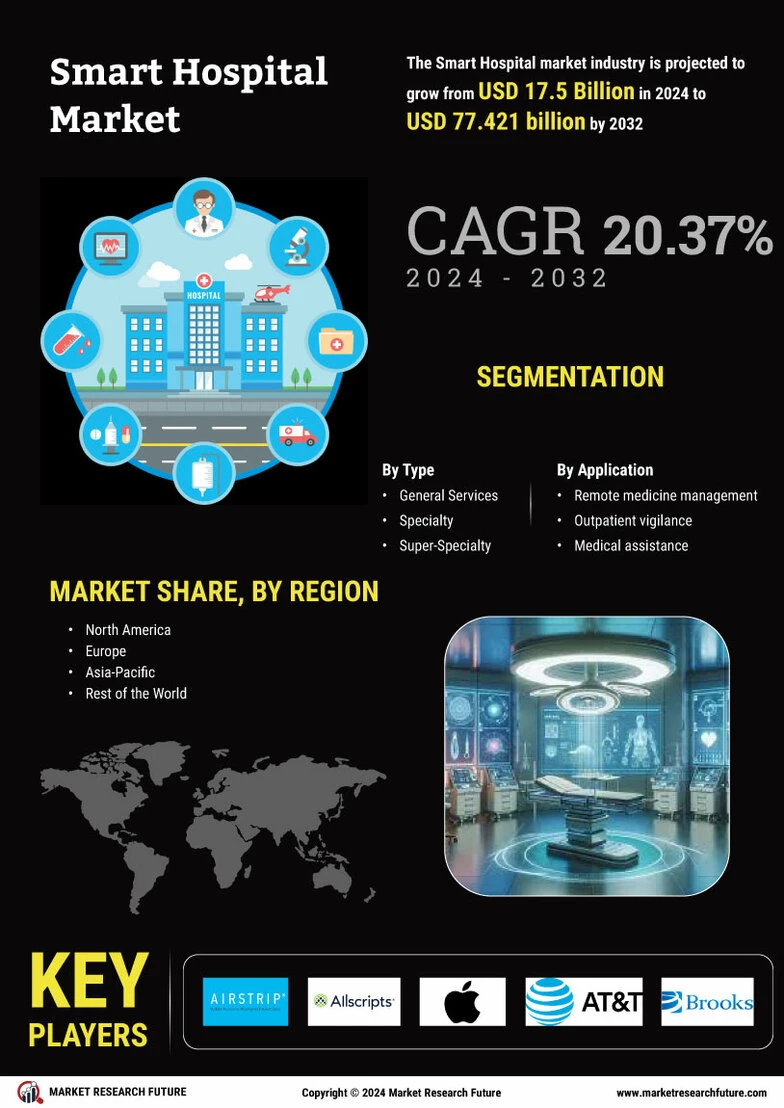: Strategic Developments Shaping the Femtech Market Developments
The Femtech market developments have accelerated in recent years due to rising awareness of women’s health and rapid technological advancements. Innovations in fertility monitoring, menstrual health tracking, and menopause management are providing women with personalized solutions that were previously unavailable. Companies are exploring AI-driven diagnostics, wearable devices, and telehealth platforms to enhance engagement and outcomes. Understanding the latest Femtech Market Developments
is critical for businesses looking to implement strategies that align with evolving consumer demands.
Get Full Reports:https://www.marketresearchfuture.com/reports/femtech-market-42230
Startups and established firms alike are focusing on evidence-based product validation, strategic partnerships, and customer-centric designs. Initiatives such as community outreach programs, health education campaigns, and collaborations with healthcare providers are enhancing product adoption and trust. Additionally, regulatory compliance and integration with existing healthcare systems ensure safety and efficacy. These developments collectively indicate a maturing market, where innovation, accessibility, and personalized care define success and competitive advantage.
FAQs
Q1: What types of innovations are driving Femtech developments?
A1: AI-driven diagnostics, wearable devices, telehealth platforms, and mobile applications.
Q2: How do partnerships impact Femtech market growth?
A2: Collaborations improve credibility, adoption rates, and access to broader healthcare networks.
Q3: Why is understanding market developments important?
A3: It allows businesses to stay ahead, innovate effectively, and meet consumer needs.
The Femtech market developments have accelerated in recent years due to rising awareness of women’s health and rapid technological advancements. Innovations in fertility monitoring, menstrual health tracking, and menopause management are providing women with personalized solutions that were previously unavailable. Companies are exploring AI-driven diagnostics, wearable devices, and telehealth platforms to enhance engagement and outcomes. Understanding the latest Femtech Market Developments
is critical for businesses looking to implement strategies that align with evolving consumer demands.
Get Full Reports:https://www.marketresearchfuture.com/reports/femtech-market-42230
Startups and established firms alike are focusing on evidence-based product validation, strategic partnerships, and customer-centric designs. Initiatives such as community outreach programs, health education campaigns, and collaborations with healthcare providers are enhancing product adoption and trust. Additionally, regulatory compliance and integration with existing healthcare systems ensure safety and efficacy. These developments collectively indicate a maturing market, where innovation, accessibility, and personalized care define success and competitive advantage.
FAQs
Q1: What types of innovations are driving Femtech developments?
A1: AI-driven diagnostics, wearable devices, telehealth platforms, and mobile applications.
Q2: How do partnerships impact Femtech market growth?
A2: Collaborations improve credibility, adoption rates, and access to broader healthcare networks.
Q3: Why is understanding market developments important?
A3: It allows businesses to stay ahead, innovate effectively, and meet consumer needs.
: Strategic Developments Shaping the Femtech Market Developments
The Femtech market developments have accelerated in recent years due to rising awareness of women’s health and rapid technological advancements. Innovations in fertility monitoring, menstrual health tracking, and menopause management are providing women with personalized solutions that were previously unavailable. Companies are exploring AI-driven diagnostics, wearable devices, and telehealth platforms to enhance engagement and outcomes. Understanding the latest Femtech Market Developments
is critical for businesses looking to implement strategies that align with evolving consumer demands.
Get Full Reports:https://www.marketresearchfuture.com/reports/femtech-market-42230
Startups and established firms alike are focusing on evidence-based product validation, strategic partnerships, and customer-centric designs. Initiatives such as community outreach programs, health education campaigns, and collaborations with healthcare providers are enhancing product adoption and trust. Additionally, regulatory compliance and integration with existing healthcare systems ensure safety and efficacy. These developments collectively indicate a maturing market, where innovation, accessibility, and personalized care define success and competitive advantage.
FAQs
Q1: What types of innovations are driving Femtech developments?
A1: AI-driven diagnostics, wearable devices, telehealth platforms, and mobile applications.
Q2: How do partnerships impact Femtech market growth?
A2: Collaborations improve credibility, adoption rates, and access to broader healthcare networks.
Q3: Why is understanding market developments important?
A3: It allows businesses to stay ahead, innovate effectively, and meet consumer needs.
0 Commenti
0 condivisioni
12 Views
0 Anteprima




